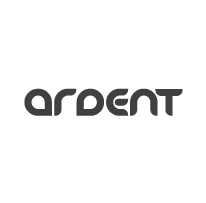Databricks vs Snowflake: Whats right for you?
17 May 2023 | Noor Khan
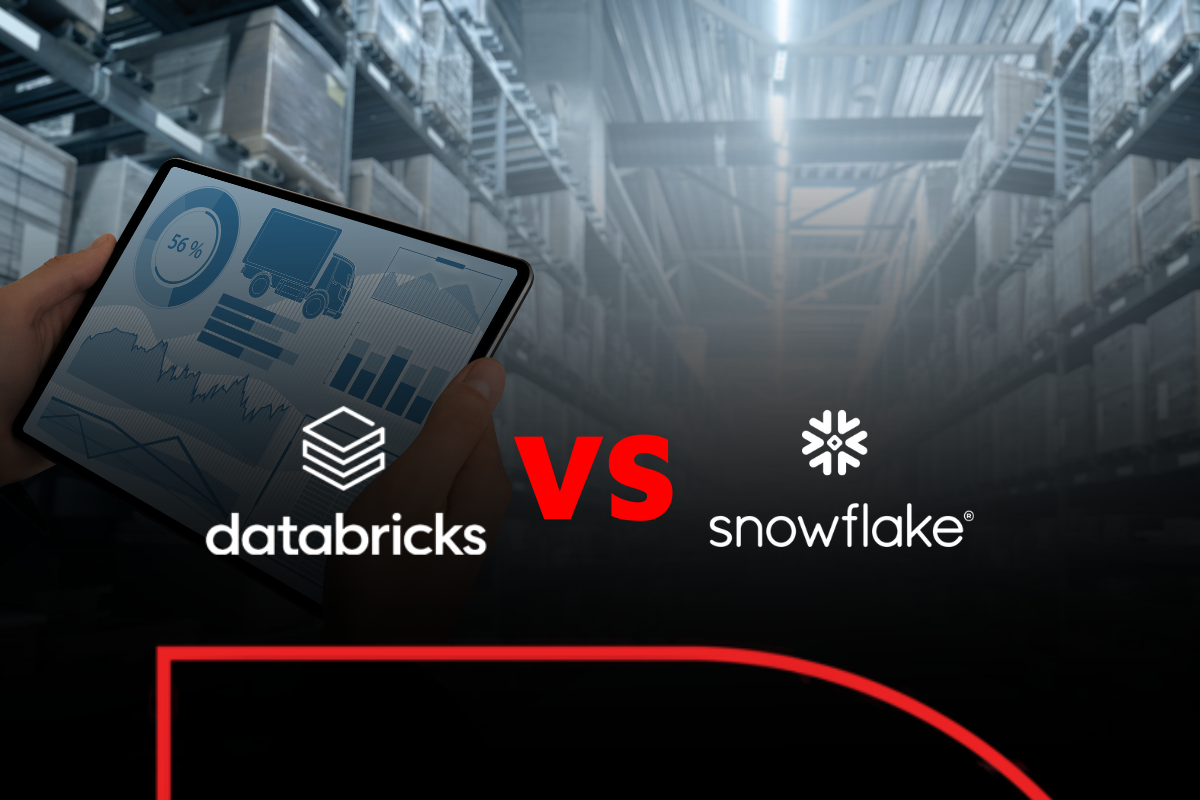
With more than 36,211 companies utilising data warehousing in 64 technologies, and covering industries across the globe, it is unsurprising that data-driven and tech-savvy companies are looking to find the best technology partners for their business needs and are making more and more use of the space and options made available.
Databricks and Snowflake are two popular data warehousing service solutions that are being used by companies such as Apple, Disney, and HSBC (Databricks), as well as Microsoft, Amazon, and Google (Snowflake).
Each platform has areas at which it excels, and determining which tool is best for your needs will help you to make the right decision for your business as digital data usage continues to grow and become ever more important in daily operations.
The benefits and drawbacks of Databricks
Databricks was founded in 2013 and combines data warehouses and data lakes into a ‘lakehouse’ architecture. The platform also provides a unified set of tools for the building, development, deployment, sharing, and maintenance of enterprise-grade data at scalable levels.
Pros of Databricks
- Designed to make big data analytics easier for enterprise usage.
- Platform is built around Spark to process large amounts of information in batches and micro-batches to provide near-real-time computation.
- Pre-integrated with other popular data engineering and data science tools.
- Integrations and assets can be accessed from a unified workspace.
- Platform supports SQL, R, Python, and Scala and can be switched between or even used all in the same script.
- Data does not need to be accessed or moved to a propriety system for use (it can be connected to a cloud environment of the user’s choice).
- Offers multi-level data security.
- Comprehensive documentation and knowledge base for troubleshooting.
Cons of Databricks
- Complex setup process and steep initial learning curve.
- Primary language is Scala, and others can see slower speeds or performance.
- Costs can be expensive depending on usage and setup.
The benefits and drawbacks of Snowflake
Snowflake was founded in 2012 and launched in 2014, and is a multi-cluster shared data architecture provided as a Software-as-a-Service (SaaS) solution offering a hybrid of traditional shared-disk and shared-nothing database architectures.
The platform is often used for data ingestion, business intelligence and analytics, machine learning, data sharing and collaboration.
The platform can be used for cloud data warehousing services and to analyse the data records in a single location, with automatic scalability (upwards and downwards) for computing resources to load, integrate, and analyse the data.
Pros of Snowflake
- Performance and scalability are enhanced due to separated storage and compute functionality, which allows for unlimited concurrent workloads to be conducted against a single copy of data.
- High levels of data security.
- Faster speeds in queries due to data caching in different compute clusters.
- Micro-partitions allow for data (between 50 to 500mb before compression) to be formed into blocks for improved compression and efficient access.
- Snowflake is relatively easy to learn and use.
- Serverless experience require less management.
- Connective tools and integrations allow for improved access and user experience.
- Backed up with extensive documentation and resources for troubleshooting.
Cons of Snowflake
- On-premises storage has only been recently introduced (2022).
- Costs for on-demand access and pay-as-you-use can be expensive.
- Cloud-agnostic approach means that although there is no vendor login, you need to source a cloud-service that is appropriate to your needs and works with the platform.
Comparing Databricks and Snowflake
The key similarities between Databricks and Snowflake
Both Databricks and Snowflake are data lakehouses (combining the features and functions of data warehouses and data lakes), and they are both well respected for providing data storage and computing options.
Both platforms decouple storage and computing options, making them both upwardly and downwardly scalable as required; and both options have dashboards which can be customised (to varying degrees) for reporting and analytic usage.
The key differences between Databricks and Snowflake
- Service type: Databricks is a Platform as a Service (PaaS) which was initially primarily for data scientists and engineers and expanded to cover analysts, and Snowflake is a Software as a Service (SaaS) that is primarily for data analysts.
- Level of interactivity required: Snowflake is a top-class data warehouse, however Databricks provides more robust services for ETL, data science, and machine learning – it is the only lakehouse platform (at present) which combines data warehousing, data lakes, and a seamless platform for data analytics.
- Scalability options: The two platforms have a different approach to scalability, Databricks will scale automatically (based on load), whereas Snowflake’s automatic scaling can be performed on different resources (loading, integrating, analysing data).
- Data storage: The Databricks platform storages data in any format, allowing for data to reside either on the cloud or on premises. Snowflake stores data in a semi-structured format, which is then managed in a data layer and stored either in Amazon Web Services (AWS) or Microsoft Azure.
- Set-up for data engineering: Databricks makes use of auto-scaling clusters and has a steep learning curve to fine tune the platform. Snowflake utilises an intuitive SQL interface and provides a lot of automation features to facilitate easier usage.
Making an informed choice with your technology partners
It is important to carefully assess the needs of your business, both in the present, and where you expect it to be in the future, and whether you are working with an in-house team who are accustomed to particular programs, languages, and applications – or whether you are bringing in expert third-party assistance to help with your data science and data engineering needs.
Both Databricks and Snowflake have a lot of positives going for them, but the general consensus seems to be that Databricks is superior when it comes to applications, usage, and scalability – but this comes at the cost of requiring more experience, having a greater depth of understanding of data science, and needing to invest more time in ensuring the platform is adequately set up to begin with.
If you are not sure what platform you should be using, and where you should be taking your storage needs, we are happy to provide you with advice, assistance, and our expert team can support your growing needs as you develop.
Data engineering powered by Ardent
Ardent have been delivering data engineering excellence for over a decade. If you are looking for certified, highly skilled data engineers to work with your in-house team or independently, we can help. Explore how some of our clients are thriving by unlocking the potential of thier data with Ardent.
Improving data turnaround by 80% with Databricks for a Fortune 500 company
Ensuring timely data availability for real time, mission critical data for a broadcasting company
Robust, scalable data pipelines with AWS infrastructure to drive growth for global brands
Get in touch to get started today or explore our data engineering services.
Ardent Insights
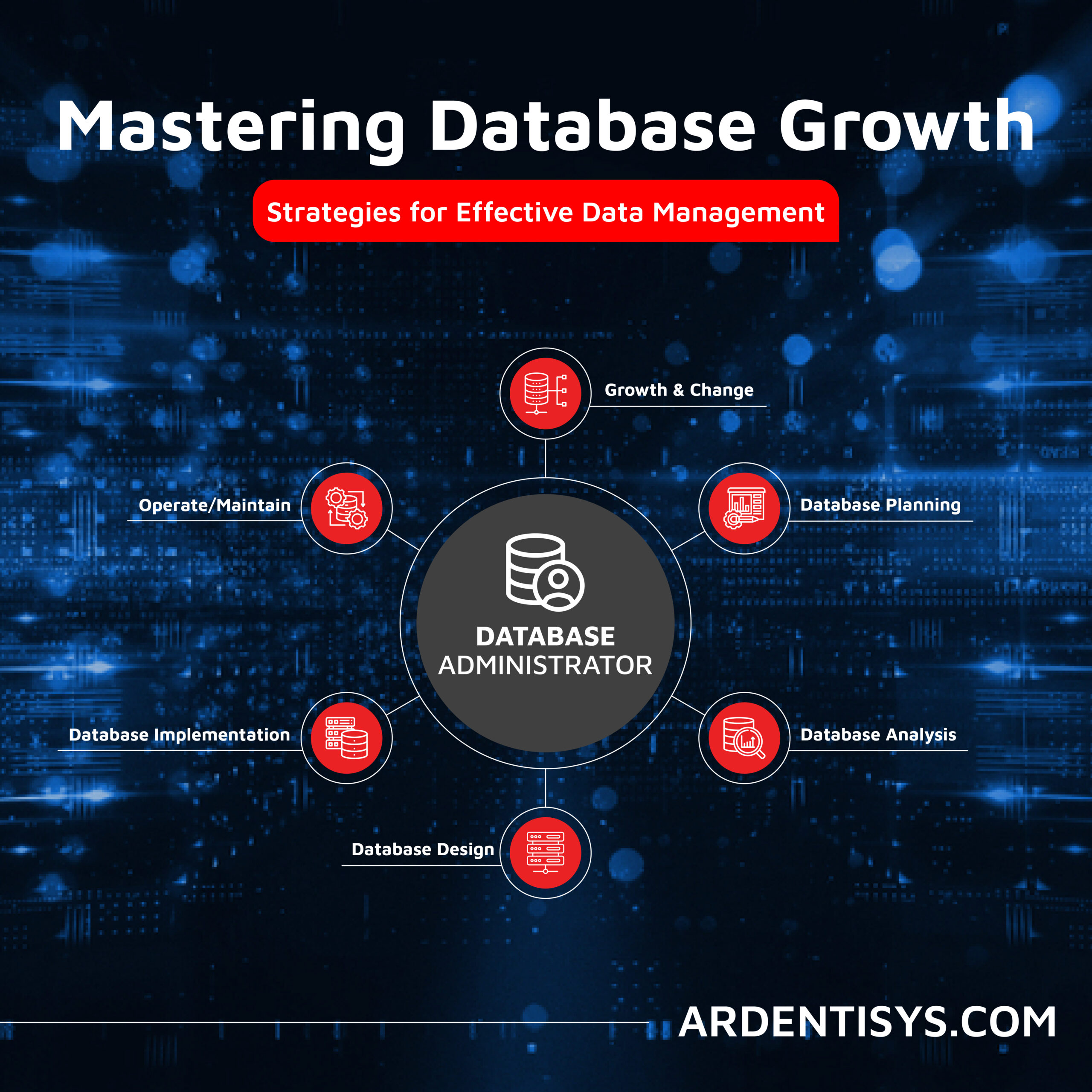
Overcoming Data Administration Challenges and Strategies for Effective Data Management
Businesses face significant challenges to continuously manage and optimise their databases, extract valuable information from them, and then to share and report the insights gained from ongoing analysis of the data. As data continues to grow exponentially, they must address key issues to unlock the full potential of their data asset across the whole business. [...]
Read More... from Databricks vs Snowflake: Whats right for you?
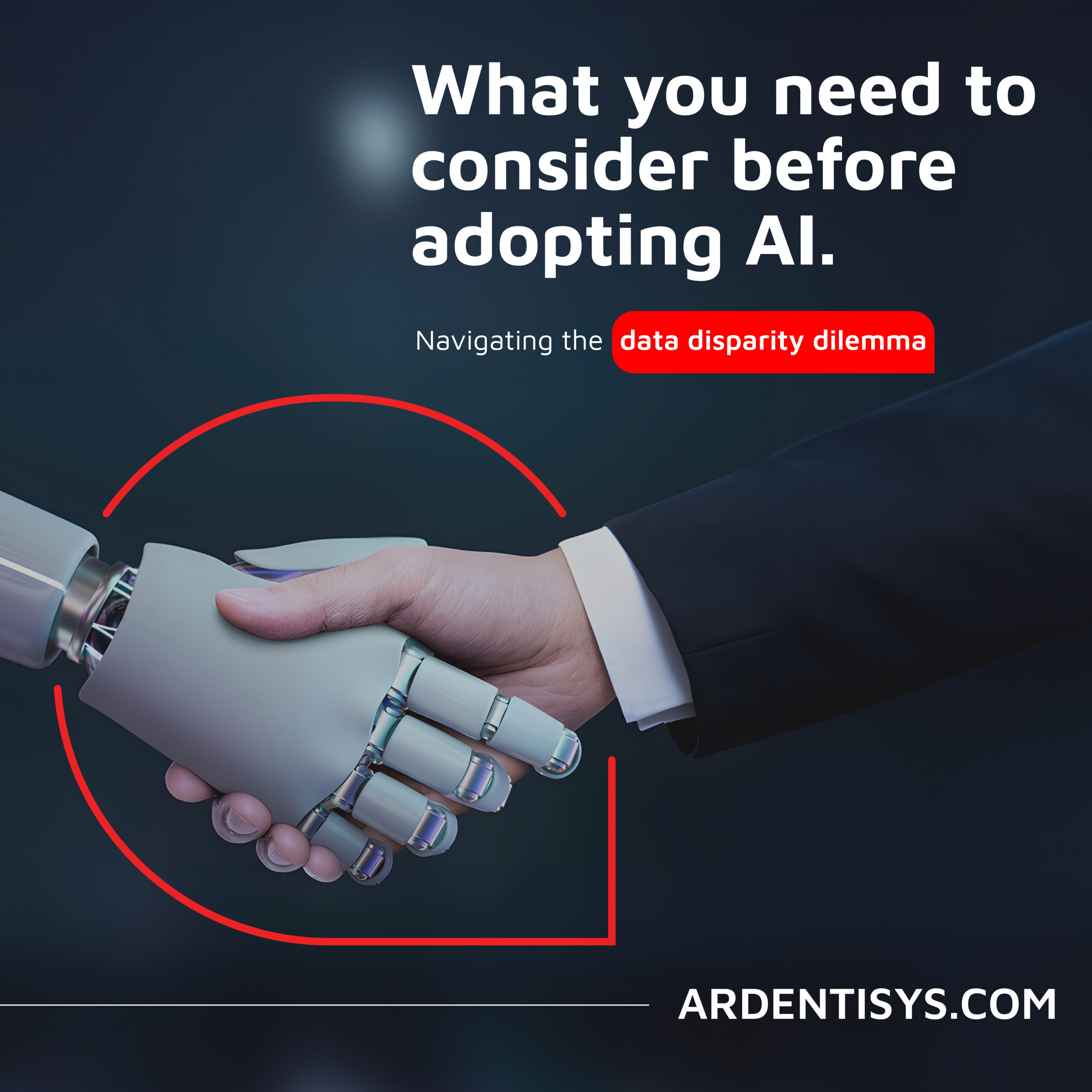
Are you considering AI adoption? We summarise our learnings, do’s and don’ts from our engagements with leading clients.
How Ardent can help you prepare your data for AI success Data is at the core of any business striving to adopt AI. It has become the lifeblood of enterprises, powering insights and innovations that drive better decision making and competitive advantages. As the amount of data generated proliferates across many sectors, the allure of [...]
Read More... from Databricks vs Snowflake: Whats right for you?
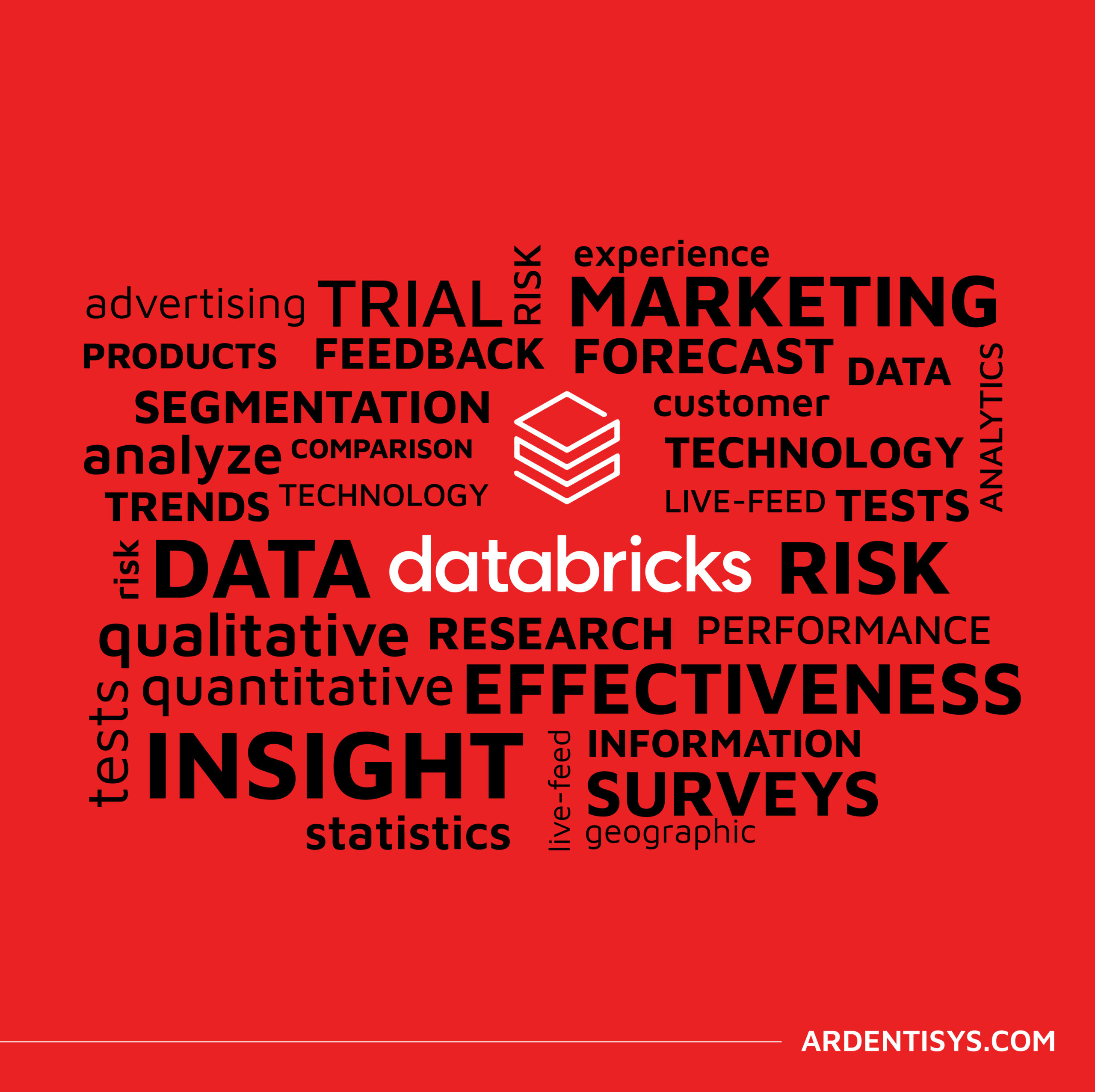
Why the Market Research sector is taking note of Databricks Data Lakehouse.
Overcoming Market Research Challenges For Market Research agencies, Organisations and Brands exploring insights across markets and customers, the traditional research model of bidding for a blend of large-scale qualitative and quantitative data collection processes is losing appeal to a more value-driven, granular, real-time targeted approach to understanding consumer behaviour, more regular insights engagement and more [...]
Read More... from Databricks vs Snowflake: Whats right for you?




